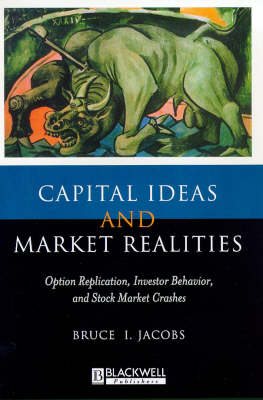The summer and fall of 1998 witnessed some of the most turbulent financial markets the world has ever seen. The implosion of the Russian financial markets and investors' ensuing flight to quality propelled the giant hedge-fund, long-term Capital Management, to the brink of collapse and left the investment portfolios of many of Wall Street's major banks and brokerage houses teetering on the brink. The US equity market dropped precipitously at the end of August and continued over the next month to experience levels of volatility not seen since the major crash of October 1987. Yet, within months of the August sell-off, US stocks had bounced back to new highs. How can markets fall so fast and recover so quickly? Bruce Jacobs sifts through the history of modern finance, from the efficient market hypothesis to behavioral psychology and chaos theory, to determine the cause of recent market crashes.He finds that some investment strategies, especially those based on theories that ignore the human element, can self-destruct, taking markets down with them. Ironically, some strategies that purport to reduce the risk of investing can pose the greater danger.
Of particular concern is a trading strategy that grew out the option pricing model developed by the late Fisher Black and Nobel laureates Myron Scholes and Robert Merton. Used by market professionals, this strategy, known as option replication, requires mechanistic selling as stock prices decline and buying as stock prices rise. When a large enough number of investors engage in this type of trend-following "dynamic hedging", their trading demands can sweep markets along with them, elevating stock prices at some times and causing dramatic price drops at others.Dynamic hedging associated with some $100 billion in option-replication strategies caused a US stock market crash in 1987 that wiped out almost a quarter of US equity value and ignited market crashes around the world. Today, the same dynamic hedging underlies hundreds of billions of dollars in institutional and retail products. "Capital Ideas and Market Realities" uncovers the hidden risks these products pose for market stability and investor wealth.
- ISBN10 0631215549
- ISBN13 9780631215547
- Publish Date 20 May 1999
- Publish Status Out of Print
- Out of Print 16 January 2009
- Publish Country GB
- Publisher John Wiley and Sons Ltd
- Imprint Blackwell Publishers
- Format Hardcover
- Pages 432
- Language English
